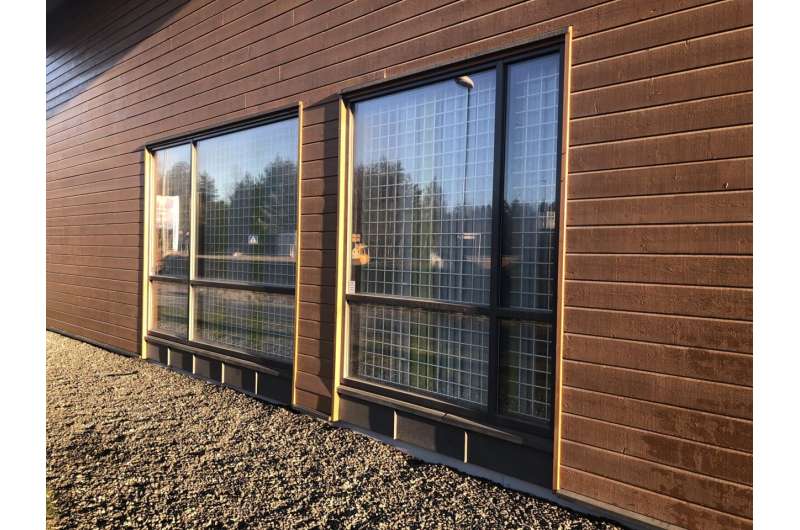The construction industry generates a lot of waste, and both rehabilitation and new projects require large amounts of materials. Currently, we mainly use new building materials, which are in turn made of mostly virgin materials.
“Reusing construction products can provide environmental benefits that are crucial for sustainable resource management,” says senior researcher Thale Sofie Plesser at SINTEF.
How do we know when used construction products are good enough?
Regardless of whether the construction product is new or used, we need to know what performance level it is at. For new construction products, we have a well-established system for product documentation. But when a construction product is in use, it will be exposed to wear and tear, and its performance may change.
Due to regulatory changes, the performance requirements may change compared to when the construction product was new. So how do we know that a used construction product is fit for reuse?
The new guide “Reuse of building materials: Guide to the documentation of performance” attempts to answer this question when it comes to four central construction product categories: glass partition walls, windows and doors, ventilation, and sanitary equipment.
For each construction product, the describes reuse mapping, problems that may be encountered, damage repair possibilities, and the documentation of properties for reuse.
“The methods and principles used to evaluate new construction products, can also be used to evaluate used construction products. However, as we can expect that used construction products are to a greater or lesser extent exposed to wear and tear, assessment of wear and tear is an important point in the guide,” says Plesser.
If the original documentation of the construction product still exists, it can be used as a starting point for the evaluation. The guide describes the requirements for whether or not the original documentation can be used.
For building consultants, developers, and contractors
The guide is primarily written for building consultants, developers, and contractors who wish to reuse construction products in their projects.
The guide is made as part of the research project REBUS. The project’s goal is to work with central actors in the construction industry in order to develop new knowledge for more effective reuse of building materials.

